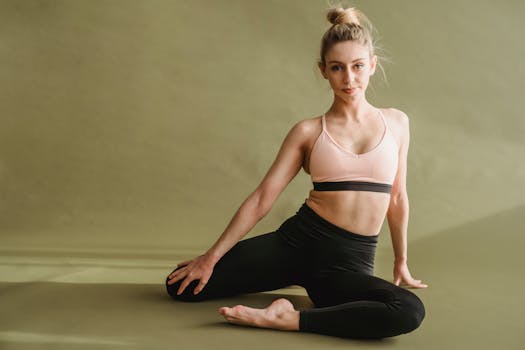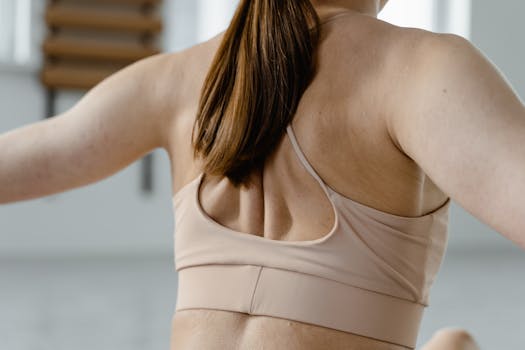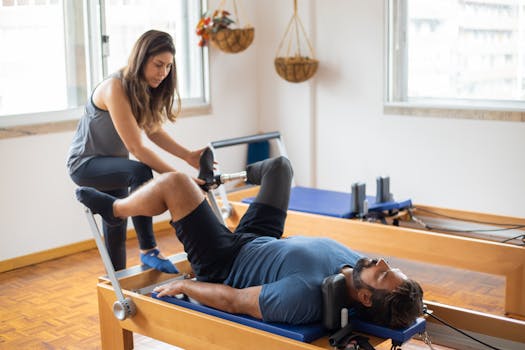Unlocking Core Strength: The Power of Pilates for Stability
Takeaways: Pilates is an effective method for improving core strength and stability. By focusing on controlled movements and proper alignment, Pilates can enhance overall fitness, prevent injuries, and promote a healthy posture. Whether you are a beginner or an experienced practitioner, incorporating Pilates into your routine can yield significant benefits for your core and overall well-being.
In the realm of fitness, core strength is often regarded as the cornerstone of overall stability and performance. A strong core not only supports your daily activities but also enhances your athletic performance, improves posture, and reduces the risk of injuries. Among various exercise methodologies, Pilates stands out as a highly effective practice for developing core strength and stability. This article explores the principles of Pilates, its benefits for core strength, and how to incorporate it into your fitness routine.
Understanding Core Strength and Stability

Many people assume that core strength is solely about having visible abdominal muscles, but it encompasses much more. A strong core provides a solid foundation for all movements, whether you are lifting weights, running, or performing everyday tasks. Without a stable core, your body may compensate with poor mechanics, leading to strain and potential injuries.
How Pilates Enhances Core Strength and Stability

- Mind-Body Connection: Pilates encourages a strong mind-body connection, promoting awareness of your body’s movements and alignment. This awareness helps you engage the core muscles effectively, leading to greater stability.
- Targeted Core Exercises: Pilates includes a variety of exercises specifically designed to strengthen the core muscles. Moves such as the “Hundred,” “Plank,” and “Teaser” target different areas of the core, ensuring a comprehensive workout.
- Improved Posture: By focusing on alignment and control, Pilates helps correct postural imbalances. Better posture reduces strain on the spine and surrounding muscles, enhancing overall stability.
- Flexibility and Mobility: A strong core is not just about strength; flexibility and mobility are equally important. Pilates incorporates stretching and lengthening movements, promoting a balanced body that can move efficiently.
- Functional Movement Patterns: Pilates emphasizes functional movement patterns that translate to everyday activities and sports. This functional approach helps improve overall performance and reduces the risk of injuries.
Incorporating Pilates into Your Routine

- Join a Class: Look for local Pilates studios or gyms that offer classes. Group classes provide the benefit of instruction from trained instructors who can guide you through proper techniques.
- Online Tutorials: If you prefer to practice at home, there are many online resources available, including video tutorials and virtual classes. This option allows you to practice at your own pace and convenience.
- Invest in Equipment: If you are serious about Pilates, consider investing in equipment such as a reformer or a stability ball. These tools can enhance your workouts and offer more variety.
- Combine with Other Workouts: Pilates can be integrated into a broader fitness regimen. Combining Pilates with strength training, cardio, or yoga can provide a well-rounded approach to fitness.
Conclusion





